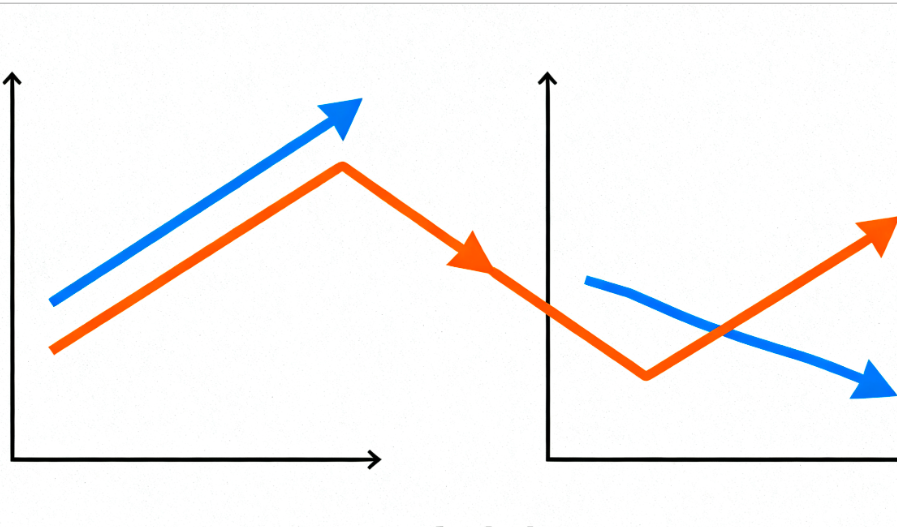
The cryptocurrency industry appears to be breaking away from the traditional four-year cycle pattern. The institutional adoption of exchange-traded funds (ETFs), the wave of real-world asset (RWA) tokenization, and the evolution of stablecoin infrastructure are reshaping the market’s operational logic.
In a report published on September 24, the pseudonymous analyst Ignas pointed out that the launch of Bitcoin and Ethereum ETFs in 2024 marks a watershed moment—since April, crypto ETFs have led all asset classes with $34 billion in net inflows.
These products have attracted participation from pension funds, advisory firms, and commercial banks, transforming cryptocurrencies from retail speculation vehicles into institutional allocation assets alongside gold and the Nasdaq index.
Currently, Bitcoin ETF assets under management (AUM) have surpassed $150 billion, accounting for 6% of BTC’s total supply, while Ethereum ETFs control 5.6% of ETH’s circulating supply.
The generic listing standards for commodity-based ETPs approved by the U.S. Securities and Exchange Commission (SEC) in September have accelerated this trend, paving the way for fund filings for assets like Solana and XRP.
The report refers to this shift in ownership from retail investors to long-term institutional investors as the “Great Crypto Rotation.”
While traditional cycle theorists are selling, institutional investors continue to accumulate, pushing the cost basis higher and establishing new price floors.
ETFs have become the primary channel for purchasing Bitcoin and Ethereum, fundamentally altering the supply conditions that historically drove cyclical patterns.
Stablecoins have evolved beyond mere trading tools, expanding into payment, lending, and treasury management functions.
The $30 billion real-world asset (RWA) market exemplifies this expansion, with tokenized government bonds, credit, and commodities building on-chain financial infrastructure.
The recent approval by the U.S. Commodity Futures Trading Commission (CFTC) of stablecoins as derivatives collateral has opened up institutional use cases beyond spot demand.
Payment-oriented blockchain projects (such as Stripe’s Tempo and Tether’s Plasma) are integrating stablecoins into the real economy, while Digital Asset Treasury (DAT) companies provide equity market access for tokens that have not yet received ETF approval.
This mechanism not only offers exit liquidity for venture capital but also channels institutional funds into the altcoin market.
The tokenization of RWAs, which establishes benchmark interest rates through government bonds and credit instruments, is creating a genuine capital market on-chain.
BlackRock’s BUIDL and Franklin Templeton’s BENJI act as bridges, connecting trillions of dollars in traditional capital to crypto infrastructure. This enables DeFi protocols to rely on legitimate collateral and lending markets, moving beyond purely speculative cycles.
This structural shift signals that cryptocurrencies are transitioning from cyclical speculative assets into permanent financial infrastructure.
However, as institutional capital increasingly favors sustainable business models over purely narrative-driven ones, individual performance divergence may replace broad market rallies.
















